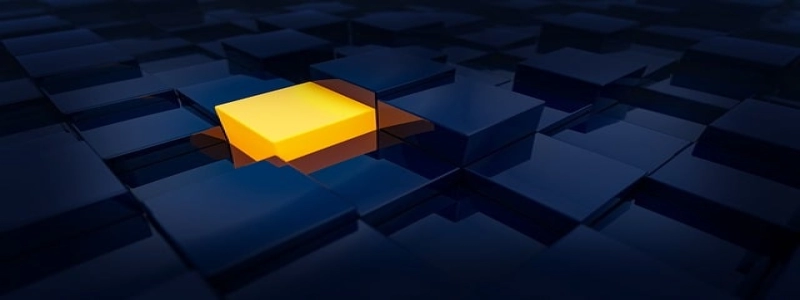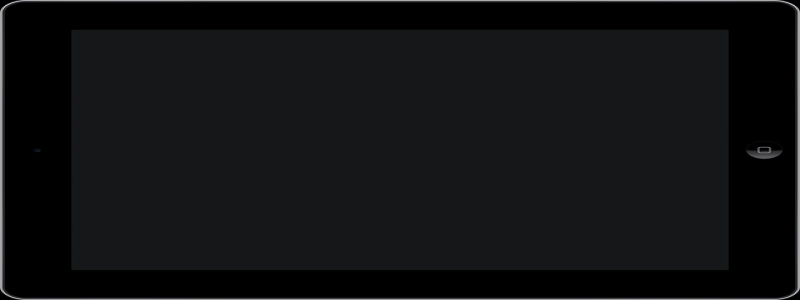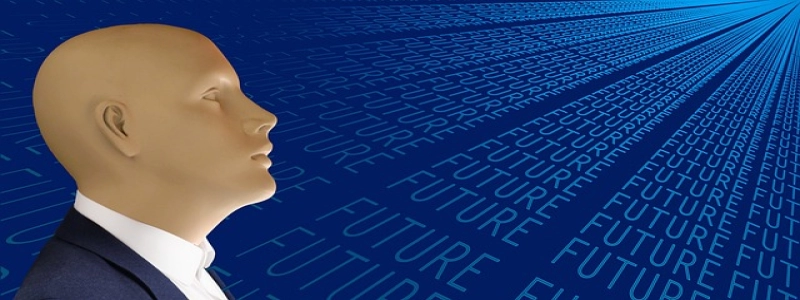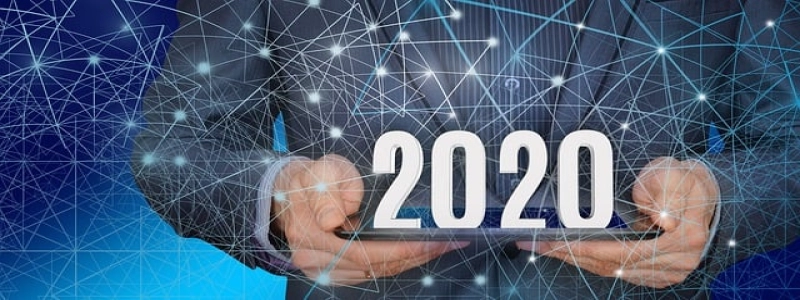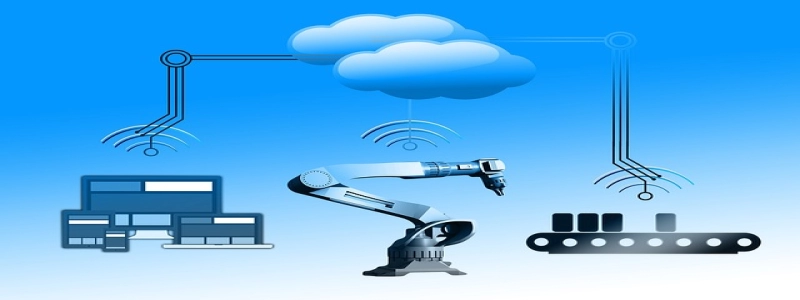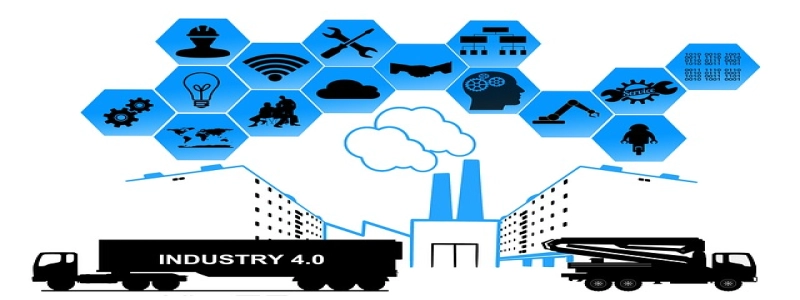How Far Can Fiber Optic Cable Run?
Introduction
With the increasing demand for high-speed and reliable internet connections, fiber optic cables have gained popularity as the go-to solution for data transmission. This article explores the question \”How far can fiber optic cable run?\” and provides a detailed explanation of the factors that influence the transmission distance.
I. The Basics of Fiber Optic Cable
A. Definition and Construction
1. Fiber optic cable is a thin strand of transparent glass or plastic that transmits data through pulses of light.
2. It consists of a core, cladding, and a protective outer layer.
3. Light signals are transmitted through the core, utilizing the principle of total internal reflection.
II. Factors Influencing Transmission Distance
A. Attenuation
1. Attenuation refers to the loss of signal strength as it travels through the fiber optic cable.
2. Factors affecting attenuation include fiber type, wavelength, and quality of equipment used.
B. Dispersion
1. Dispersion occurs when the light pulses spread out as they travel through the fiber.
2. Two main types of dispersion are chromatic dispersion and modal dispersion.
3. Dispersion limits the distance that data can be transmitted without errors.
C. Bandwidth
1. Bandwidth refers to the amount of data that can be transmitted over a given period.
2. The higher the bandwidth, the greater the potential for long-distance transmission.
D. Power Budget
1. Power budget is the difference between the launched signal power and the received signal power.
2. It considers the losses that occur along the entire fiber optic link.
III. Transmission Distance of Fiber Optic Cable
A. MMF vs. SMF
1. Multimode Fiber (MMF) can transmit data over shorter distances, typically up to 550 meters.
2. Single-mode Fiber (SMF) offers longer transmission distances, ranging from several kilometers to hundreds of kilometers.
B. Real-World Evaluation
1. In ideal conditions, SMF can transmit data up to 100 kilometers without requiring repeaters.
2. However, various factors such as losses, dispersion, and equipment limitations reduce the actual distance.
C. Technologies to Extend Distance
1. Optical amplifiers can boost the signal strength, allowing for longer transmission distances.
2. Dispersion compensation techniques can eliminate the effects of dispersion, enabling longer distance communication.
Conclusion
Fiber optic cables offer high-speed and reliable data transmission, but the distance they can carry signals varies depending on multiple factors. Attenuation, dispersion, bandwidth, and power budget all affect the transmission distance. While SMF can achieve longer distances than MMF, real-world limitations exist. However, with the use of advanced technologies such as optical amplifiers and dispersion compensation, fiber optic cable can cover considerable distances, making it an ideal choice for long-haul data communication.


